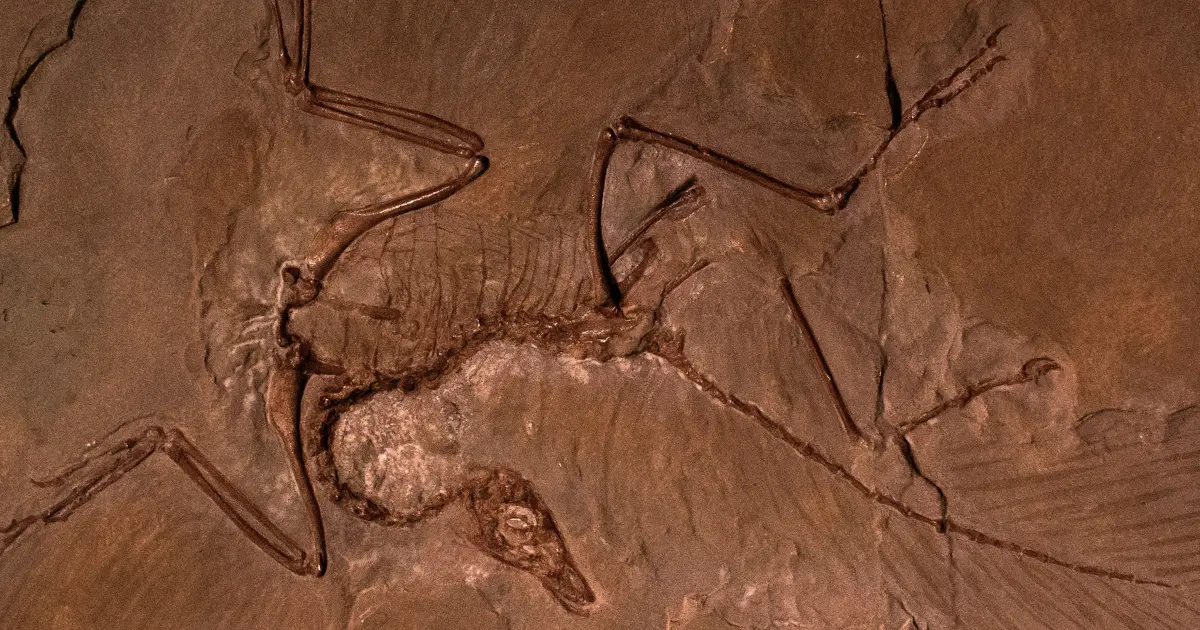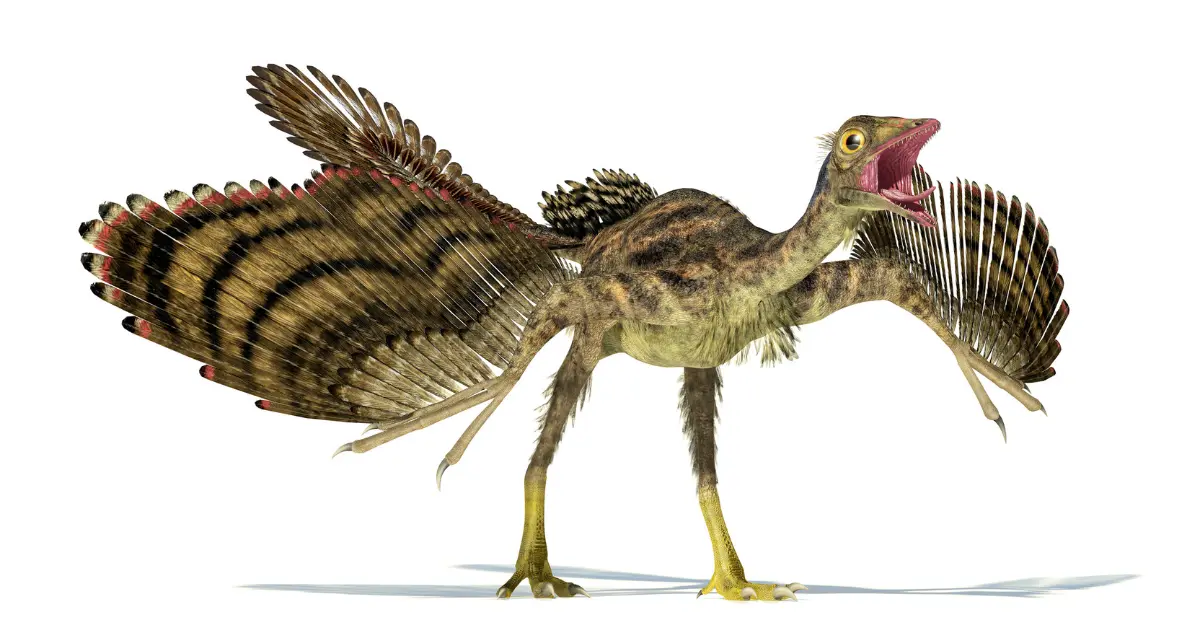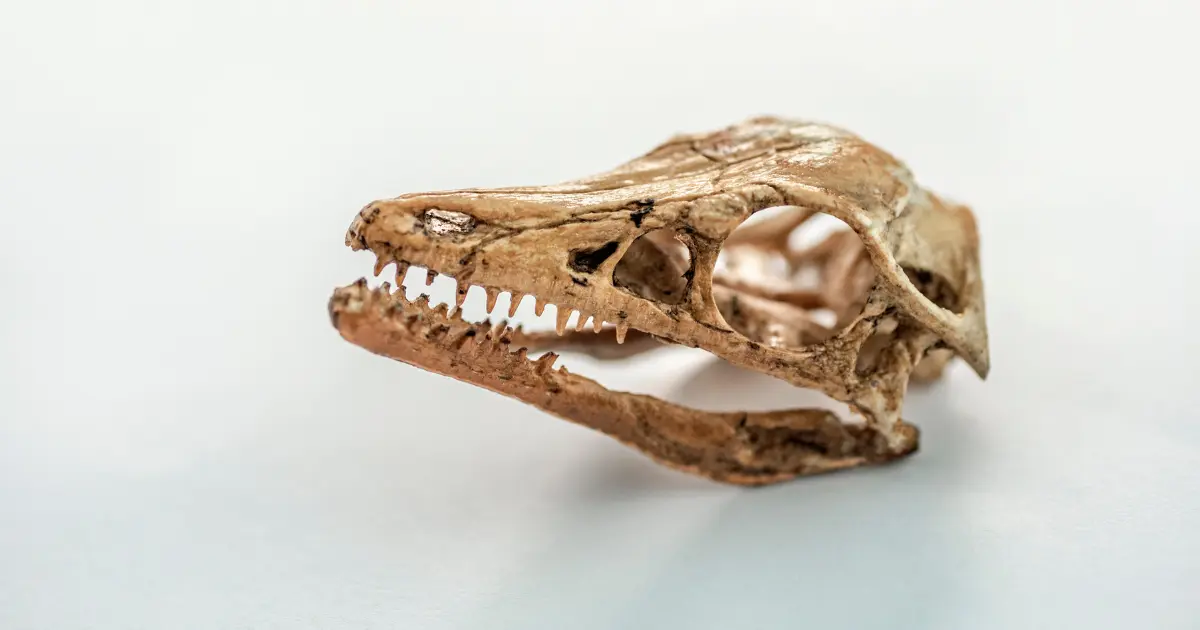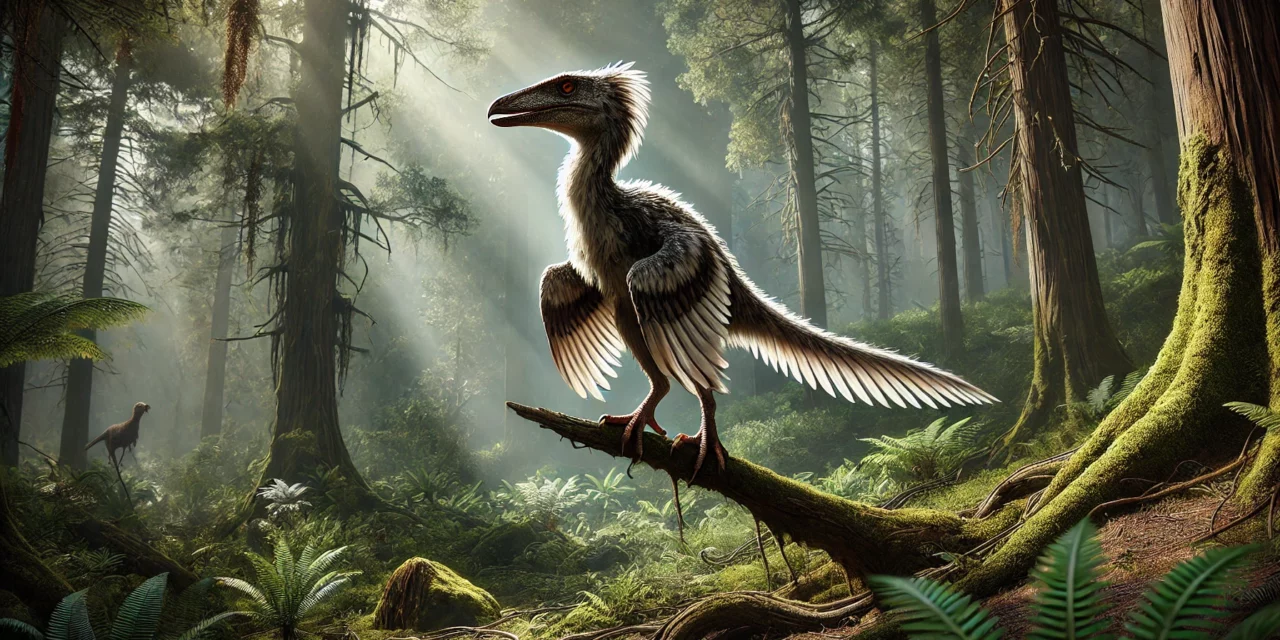Discover Archaeopteryx, a fascinating prehistoric “bird” with dinosaur characteristics that might just be the missing link Darwin predicted. Dive into its mysteries and unique features in this article!
Archaeopteryx: A Revolutionary Discovery
In 1860, just one year after the publication of Charles Darwin’s groundbreaking work On the Origin of Species, a fossil was discovered in the lithographic limestone of Solnhofen in southern Germany. This fossil, a single secondary flight feather, became the first conclusive evidence of the existence of prehistoric birds. This discovery caused a sensation in the scientific world of the time.
A few weeks later, in 1861, a second fossil was announced, again from the same region: an almost complete skeleton covered with feathers. This fossil, known as the “London specimen,” is housed at the Natural History Museum in London. Another more complete specimen, called the “Berlin specimen,” is located in Germany. What made these fossils so special was their unique combination of avian and reptilian characteristics—the very missing link that Darwin had predicted.
Archaeopteryx: Bird or Dinosaur?

Archaeopteryx quickly became one of the most famous and hotly debated fossils in the history of paleontology. Although we often use the term “bird” to describe Archaeopteryx, it is crucial to understand that this term is used in a broad sense, encompassing members of the group Aves. This group includes both Archaeopteryx and modern birds, the Neornithes.
From the few Archaeopteryx fossils discovered, we know that it was covered in feathers consistent with flight and had a bird-like skeleton. However, it lacked a well-developed sternal keel, a key characteristic of modern flying birds. This suggests that Archaeopteryx may not have been capable of powered flight but was instead an excellent glider. On the other hand, other aspects of its anatomy, such as a reduced pelvis, an enlarged furcula (wishbone), and a broad sternum, suggest that it might have been able to flap its wings effectively, which would be essential for active flight.
The Mysteries of Its Lifestyle
Archaeopteryx also seemed comfortable on the ground, with relatively long and strong legs, suggesting it could run, perhaps like a wading bird or dart through bushes like a modern Geococcyx. Another fascinating feature is the arrangement of its toes, similar to modern perching birds, with three pointing forward and one backward, called the hallux. This feature is not found in any known non-avian dinosaurs, strengthening the idea that Archaeopteryx was capable of perching.

Its forelimbs were well developed, longer and stronger than its legs, and equipped with claws, which might suggest they played a more significant role in its locomotion. Perhaps it swam like a young Hoatzin, using its claws to climb. The curvature of its claws, typical of modern perching birds, also supports this theory.
A Predator with Sharp Teeth
The teeth of Archaeopteryx suggest a carnivorous diet, implying it fed on large invertebrates or small vertebrates, capturing and grasping its prey with its clawed hands. Some believe it also ate fish, supported by paleoecological reconstructions suggesting that its habitat consisted of scrubby islands in shallow lagoons.

This hypothesis of predatory behavior is further supported by the suggestion that Archaeopteryx had large eyes, providing a degree of binocular vision and a larger brain capacity compared to contemporary animals. However, its brain was not yet on par with that of modern birds.
An Evolutionary Dead End?
Although Archaeopteryx plays a significant role in the history of bird evolution, it cannot be considered the direct ancestor of modern birds. It is more likely that it represents a dead-end branch on the evolutionary tree of birds, one that died out before the end of the Jurassic period, around 145.5 million years ago.
-






